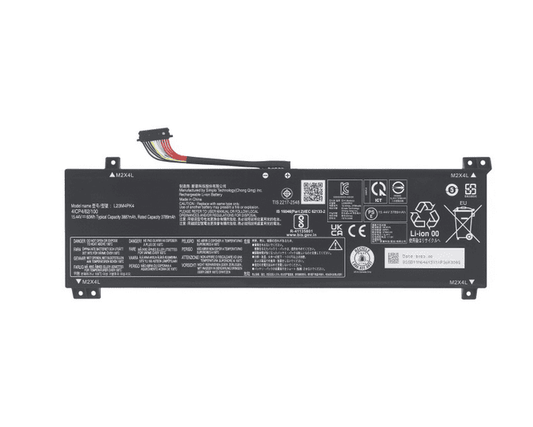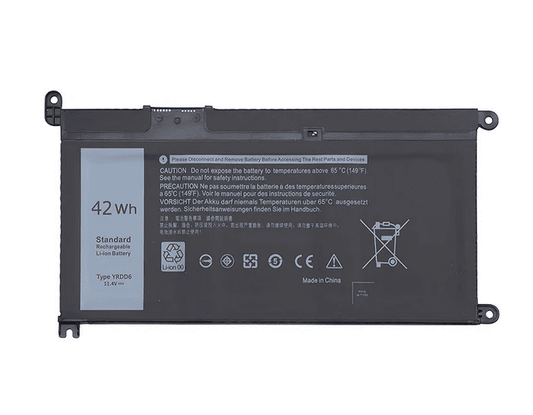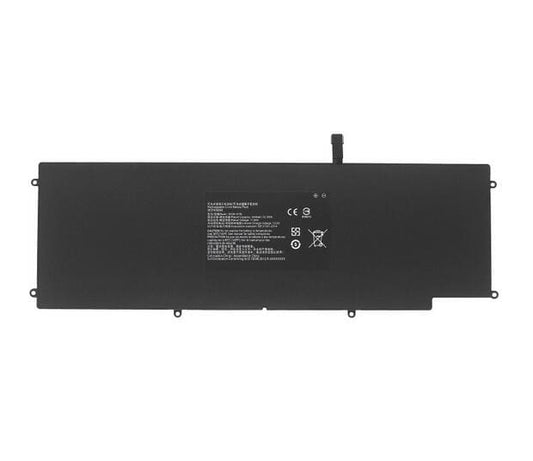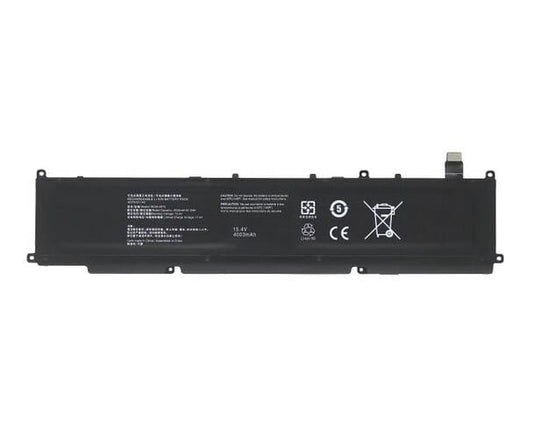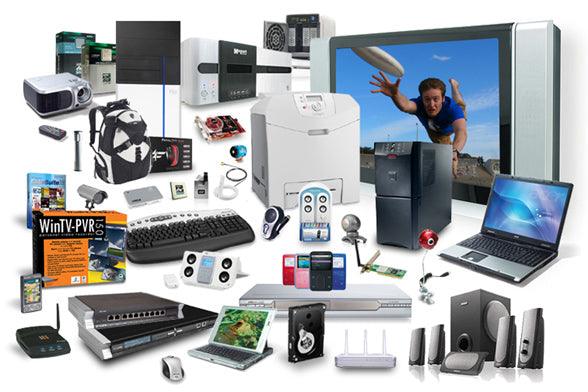
Top 10 Battery Types Used in Modern Electronic Devices: A Comprehensive Guide
Share
In today's technology-driven world, batteries are the lifeblood of modern electronic devices. From smartphones and laptops to electric vehicles and drones, these devices rely on a wide range of battery types to power them. In this article, we will explore the top 10 battery types used in modern electronic devices, their features, and limitations.
Lithium-Ion (Li-ion) Batteries
Lithium-ion batteries are the most commonly used batteries in modern electronic devices, such as smartphones, tablets, and laptops. These batteries are lightweight and offer a high energy density, meaning they can store a lot of energy in a small package. They are also rechargeable, making them a cost-effective choice for consumers.
Nickel-Cadmium (Ni-Cd) Batteries
Nickel-cadmium batteries were once the most popular type of rechargeable battery. However, they have since been replaced by newer battery technologies due to their low energy density, heavy weight, and the use of toxic cadmium. These batteries are still used in some medical devices, power tools, and emergency backup systems.
Nickel-Metal Hydride (NiMH) Batteries
Nickel-metal hydride batteries are the successor to nickel-cadmium batteries. They offer a higher energy density and are more environmentally friendly, as they do not contain toxic metals. These batteries are commonly used in hybrid cars, portable power banks, and handheld electronic devices.
Lead-Acid Batteries
Lead-acid batteries are the oldest type of rechargeable battery and are still used in some applications, such as backup power supplies and golf carts. They are heavy and have a low energy density, but are reliable and cost-effective.
Lithium-Polymer (Li-Po) Batteries
Lithium-polymer batteries are a type of lithium-ion battery that uses a polymer electrolyte instead of a liquid electrolyte. They offer a higher energy density and are lighter and more flexible than traditional lithium-ion batteries. These batteries are commonly used in drones, wearable devices, and electric vehicles.
Zinc-Carbon Batteries
Zinc-carbon batteries are a type of non-rechargeable battery that is commonly used in low-drain devices, such as remote controls, flashlights, and clocks. They are inexpensive but have a low energy density and a short lifespan.
Zinc-Air Batteries
Zinc-air batteries use oxygen from the air to produce electricity, making them lightweight and cost-effective. They are commonly used in hearing aids and other medical devices.
Alkaline Batteries
Alkaline batteries are a type of non-rechargeable battery that is commonly used in low to moderate drain devices, such as toys, radios, and remote controls. They are inexpensive and widely available, but have a lower energy density than lithium-ion batteries.
Sodium-Sulfur (NaS) Batteries
Sodium-sulfur batteries are a type of rechargeable battery that uses molten salt as the electrolyte. They offer a high energy density and are commonly used in large-scale energy storage systems, such as those used to store renewable energy.
Flow Batteries
Flow batteries are a type of rechargeable battery that uses two chemical components dissolved in liquids. They offer a high energy density and can be easily scaled up or down, making them ideal for large-scale energy storage.
There are many different types of batteries used in modern electronic devices, each with its own unique features and limitations. Understanding the strengths and weaknesses of each battery type can help consumers make informed decisions when purchasing and using electronic devices. It is also important to properly maintain and dispose of batteries to minimize their impact on the environment and human health.
Lithium-Ion (Li-ion) Batteries
Lithium-ion batteries are the most commonly used batteries in modern electronic devices, such as smartphones, tablets, and laptops. These batteries are lightweight and offer a high energy density, meaning they can store a lot of energy in a small package. They are also rechargeable, making them a cost-effective choice for consumers.
Nickel-Cadmium (Ni-Cd) Batteries
Nickel-cadmium batteries were once the most popular type of rechargeable battery. However, they have since been replaced by newer battery technologies due to their low energy density, heavy weight, and the use of toxic cadmium. These batteries are still used in some medical devices, power tools, and emergency backup systems.
Nickel-Metal Hydride (NiMH) Batteries
Nickel-metal hydride batteries are the successor to nickel-cadmium batteries. They offer a higher energy density and are more environmentally friendly, as they do not contain toxic metals. These batteries are commonly used in hybrid cars, portable power banks, and handheld electronic devices.
Lead-Acid Batteries
Lead-acid batteries are the oldest type of rechargeable battery and are still used in some applications, such as backup power supplies and golf carts. They are heavy and have a low energy density, but are reliable and cost-effective.
Lithium-Polymer (Li-Po) Batteries
Lithium-polymer batteries are a type of lithium-ion battery that uses a polymer electrolyte instead of a liquid electrolyte. They offer a higher energy density and are lighter and more flexible than traditional lithium-ion batteries. These batteries are commonly used in drones, wearable devices, and electric vehicles.
Zinc-Carbon Batteries
Zinc-carbon batteries are a type of non-rechargeable battery that is commonly used in low-drain devices, such as remote controls, flashlights, and clocks. They are inexpensive but have a low energy density and a short lifespan.
Zinc-Air Batteries
Zinc-air batteries use oxygen from the air to produce electricity, making them lightweight and cost-effective. They are commonly used in hearing aids and other medical devices.
Alkaline Batteries
Alkaline batteries are a type of non-rechargeable battery that is commonly used in low to moderate drain devices, such as toys, radios, and remote controls. They are inexpensive and widely available, but have a lower energy density than lithium-ion batteries.
Sodium-Sulfur (NaS) Batteries
Sodium-sulfur batteries are a type of rechargeable battery that uses molten salt as the electrolyte. They offer a high energy density and are commonly used in large-scale energy storage systems, such as those used to store renewable energy.
Flow Batteries
Flow batteries are a type of rechargeable battery that uses two chemical components dissolved in liquids. They offer a high energy density and can be easily scaled up or down, making them ideal for large-scale energy storage.
There are many different types of batteries used in modern electronic devices, each with its own unique features and limitations. Understanding the strengths and weaknesses of each battery type can help consumers make informed decisions when purchasing and using electronic devices. It is also important to properly maintain and dispose of batteries to minimize their impact on the environment and human health.

